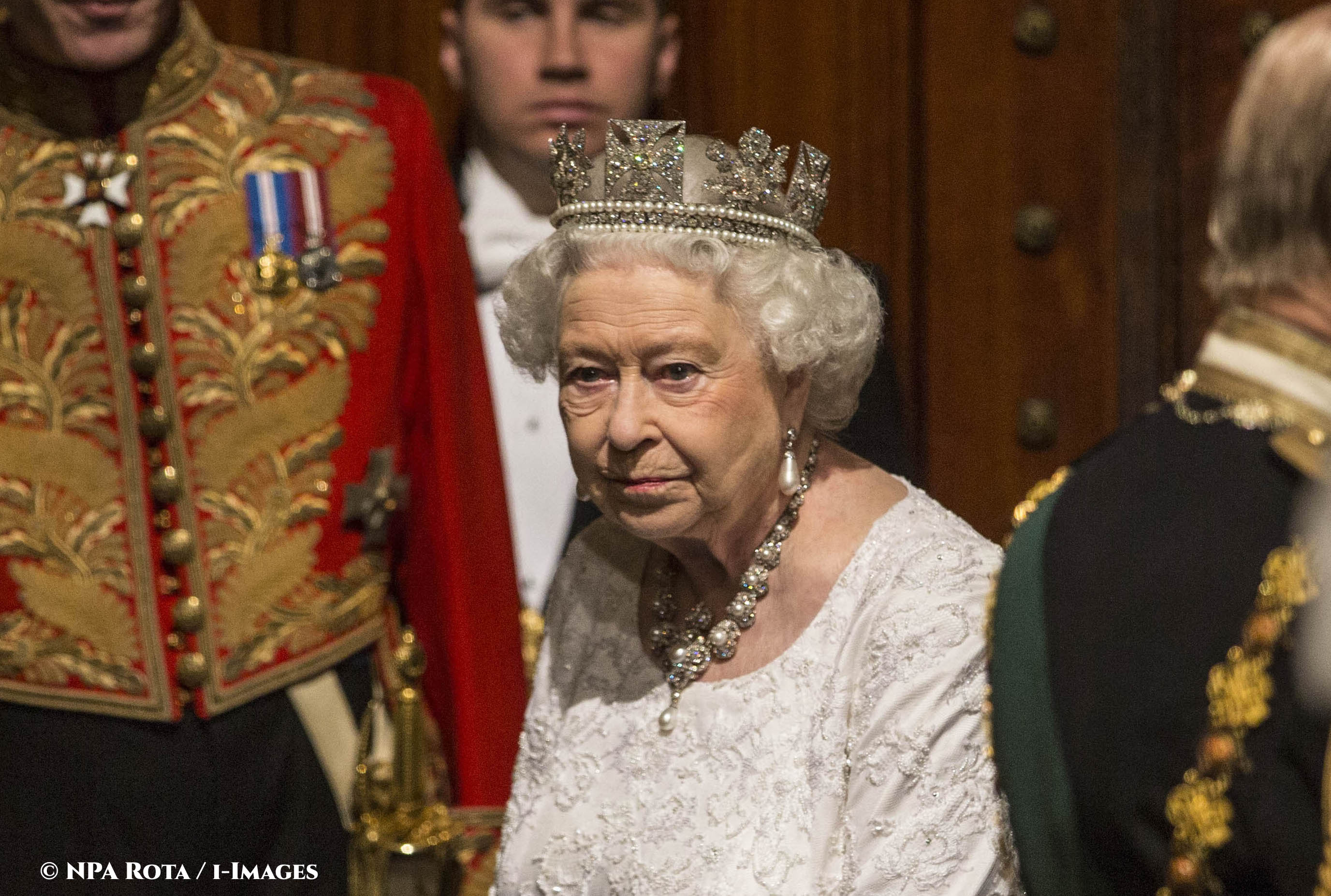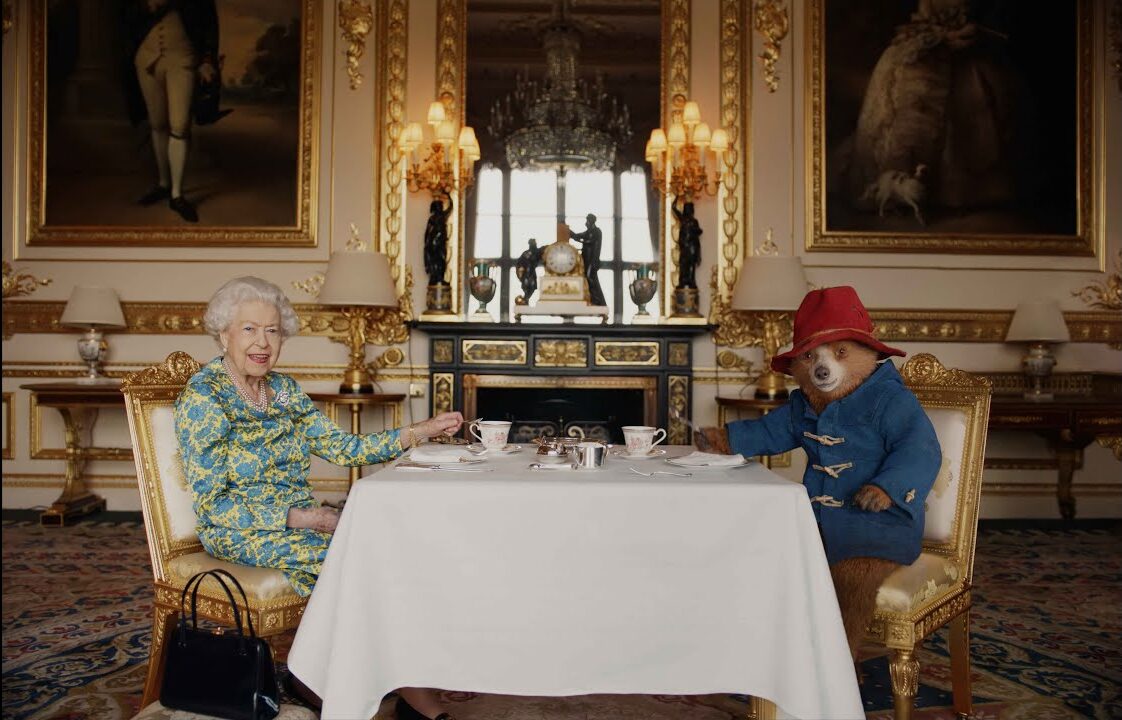Next week, The Queen will be opening the next session of Parliament, but there will be one big difference. She will not wear the Imperial State Crown as she has done almost every time.
The Imperial State Crown will instead sit next to the throne on a table in the House of Lords, just a few inches from where The Queen is seated. While the Monarch will not be wearing it, the presence of the crown is still significant, as it is only worn at these ceremonies, and coronations.
Attended the Earl Marshal’s Rehearsal of the State Opening this morning so we are ready for Monday. The table is in place for The Crown beside The Queen’s Throne. @SkyNews pic.twitter.com/HKVMrWK8CJ
— Alastair Bruce (@AlastairBruce_) October 11, 2019

The Queen wears the collar of the order of the garter for the State Opening of Parliament (UK parliament)
The last time we didn’t see the Imperial State Crown was at the last State Opening of Parliament in 2017, which was ‘casual’ – none of the formal stately clothing was worn, and The Queen arrived in a car with Prince Charles.
This was done following June’s snap election, which called for a trimmed down ceremony to mark the formal start of the next parliamentary session, to deal with Brexit. It felt quite different to watch.

The Queen, joined by Prince Charles, at today’s ‘casual’ State Opening of Parliament (Channel 5 still)
At 93, Her Majesty has chosen instead to wear the George IV diadem for the occasion, which is much lighter than the large crown.
The diadem features diamond-encrusted floral emblems of the UK, alternated with cross pattees; the base features two rows of pearls, flanking scrollwork diamonds. It was made in 1820 by Rundell Bridge & Rundell for George IV.
Meanwhile the Imperial State Crown weighs over 1kg, and features the Cullinan diamond.

The Queen wears the George IV diadem after her her speech at the State Opening of Parliament ceremony. Picture by NPA Rota / i-Images

The Diamond Diadem, 1820, made for George IV. Royal Collection Trust.

Thus, we can expect to see a formal ceremony, with only a small substitution.
The Imperial State Crown, the Cap of Maintenance and Sword of State, which are used for the ceremony, will travel ahead of The Queen in a coach. During the opening, the Monarch gives her speech, also called The Queen’s Speech, which sets out the government’s agenda for the next session.
There are also worries, however, that the Extinction Rebellion protests in London will prevent The Queen from travelling by carriage, which is obviously less secure than travel in state cars.
You can read more about the process of the opening, its history and meanings here.












